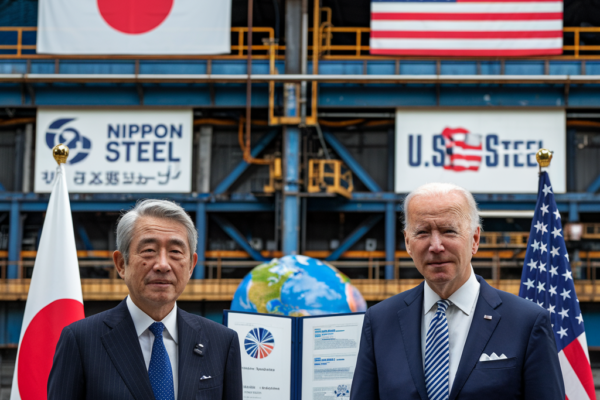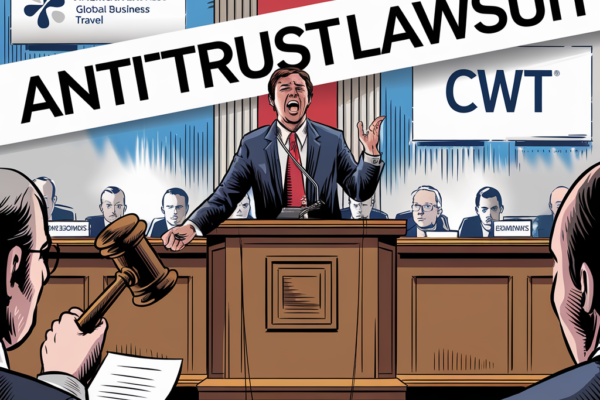- Regulatory Hurdles: Carlyle Group’s withdrawal from bidding for Thyssenkrupp’s defence unit highlights the significant regulatory challenges in Germany’s defence industry M&A landscape.
- Strategic Asset Impact: The failed acquisition marks a setback for Thyssenkrupp’s restructuring efforts, as its defence unit contributes substantially to overall revenue.
- Investor Deterrence: According to Goldman Sachs, regulatory complexities can reduce the value of defence assets by 20-30% during M&A transactions, potentially deterring future investors.
- Historical Precedents: Previous cases like the blocked BAE Systems-EADS merger and Lockheed Martin’s Sikorsky acquisition underscore the challenges posed by regulatory scrutiny.
- Risk Assessment Imperative: Industry experts emphasize the need for strategic planning and risk assessment to navigate regulatory uncertainties in the defence M&A sector effectively.
- Opportunity Amidst Challenges: While regulatory hurdles may deter some investors, analysts suggest they also create opportunities for those adept at navigating complexities.
- Evolving Landscape: As the defence industry continues to evolve, investors must stay informed about regulatory changes and market dynamics to make informed strategic decisions.
- Alternative Strategies: Despite Carlyle’s withdrawal, experts believe Thyssenkrupp’s defence unit remains a strategic asset, necessitating exploration of alternative acquisition strategies.
- Comparative Analysis: Carlyle’s experience with failed bids, like Northrop Grumman, underscores the firm’s familiarity with regulatory challenges in the defence M&A market.
- Future Outlook: The future of Thyssenkrupp’s defence unit remains uncertain, but regulatory environments will continue shaping the defence industry M&A landscape.
Carlyle Retreats from Thyssenkrupp Defence Bid: Berlin’s Regulatory Uncertainty Impacts M&A





